WooCommerce 10.2 Arrives September 16: A Simple Seller Guide
Exciting news for WooCommerce sellers! WooCommerce 10.2 is officially launching on September 16, 2025, introducing
Are you where your customers are? Over 73% of customers prefer to shop from multiple channels (source: Harvard Business Review), making multichannel selling a key strategy for eCommerce success. Multichannel Shopify selling can be highly profitable for your online business as research shows that businesses that add a new sales channel experience an average revenue increase of 38%, while those that add three channels see a whopping 190% revenue growth. A multichannel Shopify sales strategy can help you reach your customers at multiple touchpoints in their journey. However, a customer’s search path can be highly versatile and unpredictable when it comes to product discoverability.
This blog post will help you understand the key concepts of multichannel sales strategy via Shopify and reach your customers where they are!
Imagine, your targeted shopper (let’s call her Sara) is looking for a product (cat toys) that you sell on your Shopify store. Sara would usually search for ‘Cat Toys’ on any marketplace, or Google, and start her purchase journey. What are the chances that she ends up buying from you?
You cannot reach out to millions of shoppers like Sara because the Internet has significantly altered consumer purchasing behavior across various sectors. This highlights the importance of the Zero Moment of Truth (ZMOT), a concept introduced by Google. ZMOT refers to the crucial stage in the buying process where consumers research and gather information about products before making a purchase decision.
Therefore, businesses must understand, predict, and be present at the most significant moments of a customer’s product discovery journey.
By strategically utilizing these multichannel sales channels merchants can effectively increase their reach. They can also enhance customer engagement and boost sales. Moreover, not only does selling on channels like marketplaces from your Shopify store help to create a robust multichannel strategy but also results in reaching more customers across different channels.
In a nutshell, you provide a consistent shopping experience to your customers across multiple touchpoints.
Confused about your product offerings and which channel to start with? Book a free consultation call with CedCommerce experts.
Curious to see how integration tools like the Shopify Amazon Channel work. Check out this video:
Did you know that all CedCommerce Integrations, including the TikTok Shop Connector for Shopify, come with the amazing feature of order syncing?
Setting up a Shopify store and integrating it with multiple sales channels involves several steps. Here’s a comprehensive guide to help you get started with your multichannel selling via Shopify strategy.
Step: Select a Shopify plan that fits your business needs and budget.
Tip: Start with the basic plan and upgrade as your business grows.
Step: Choose a theme that aligns with your brand, customize your design, and set up your domain.
Tip: Use Shopify’s theme editor to personalize the look and feel of your store.
Step: Create product listings, upload high-quality images, write detailed descriptions, and set prices.
Tip: Use descriptive and keyword-rich titles and descriptions to improve SEO.
Step: Set up shipping options, taxes, and payment gateways to facilitate smooth transactions.
Tip: Offer multiple payment options to cater to a wider audience. Also, provide Buy Now Pay Later options as customers tend to make better purchase decisions on sites with BNPL options.
Did you know that more than 13% of holiday shoppers prefer BNPL options? Check out how to maximize your holiday selling strategies here.
Step: Choose your targeted marketplace/channel where you want to expand and integrate your Shopify store with that channel.
Tip: Utilize CedCommerce integration solutions for smooth connectivity with additional marketplaces like Amazon, Walmart, TikTok, and more.
Step: Use inventory management apps to sync stock levels across all multichannel sales channels.
Tip: Consider apps like CedCommerce to automate inventory updates and prevent overselling.
Step: Use Shopify’s order management tools or CedCommerce’s ‘all-in-one’ integration to track and fulfill orders from all channels.
Tip: Automate repetitive tasks using integration tools to save time and reduce errors.
Step: Implement a unified marketing strategy across all channels, including social media, email marketing, SEO, and paid advertising.
Tip: Use tools like Shopify Email and Facebook Ads to reach your target audience effectively.
Bonus: Want listings that top the search results on marketplaces this holiday season? Check out CedCommerce’s Promotions Services – market, promote, and boost! Reach out to us.
Check out this detailed video series by Shopify to help you set up your store from scratch.
Ready to begin your multichannel selling journey via Shopify? Contact CedCommerce experts to get assistance in every step of your eCommerce journey.
Omnichannel focuses on providing a seamless customer experience across all channels, while multichannel simply means selling on multiple platforms. The omnichannel strategy is generally considered better for enhancing customer experience, but it requires more integration and strategy. Furthermore, multichannel is a great starting point for expanding reach and sales.
Implement seasonal promotions, discounts, and bundle offers. Utilize Shopify’s built-in discount codes and automatic discounts to attract customers. Not to mention, highlight popular products and bestsellers on your homepage and consider running limited-time sales to create urgency.
CedCommerce offers a range of integration solutions for Shopify, enabling seamless connectivity with various marketplaces and sales channels. Additionally, they provide tools for inventory management, order fulfillment, and product data synchronization, helping you streamline and optimize your multichannel selling strategy.
Shopify is a comprehensive eCommerce platform that allows businesses to set up an online store, manage products, accept payments, and integrate with various sales channels. Additionally, it offers customizable themes, apps for added functionality, and tools for marketing and analytics.
Yes, Shopify is worth it for many businesses. Notably, it’s used by notable brands like Gymshark, Allbirds, and Kylie Cosmetics, which have seen significant growth and success. Furthermore, Shopify offers robust tools and integrations that make it an excellent choice for businesses of all sizes.
Shopify is not free, but it offers a 14-day free trial for new users to explore its features. However, after the trial, you need to choose a paid plan that starts at $29 per month.
What’s more? Stay tuned for upcoming blogs on nailing your Holiday Season 2024 sales strategies from CedCommerce.

Exciting news for WooCommerce sellers! WooCommerce 10.2 is officially launching on September 16, 2025, introducing
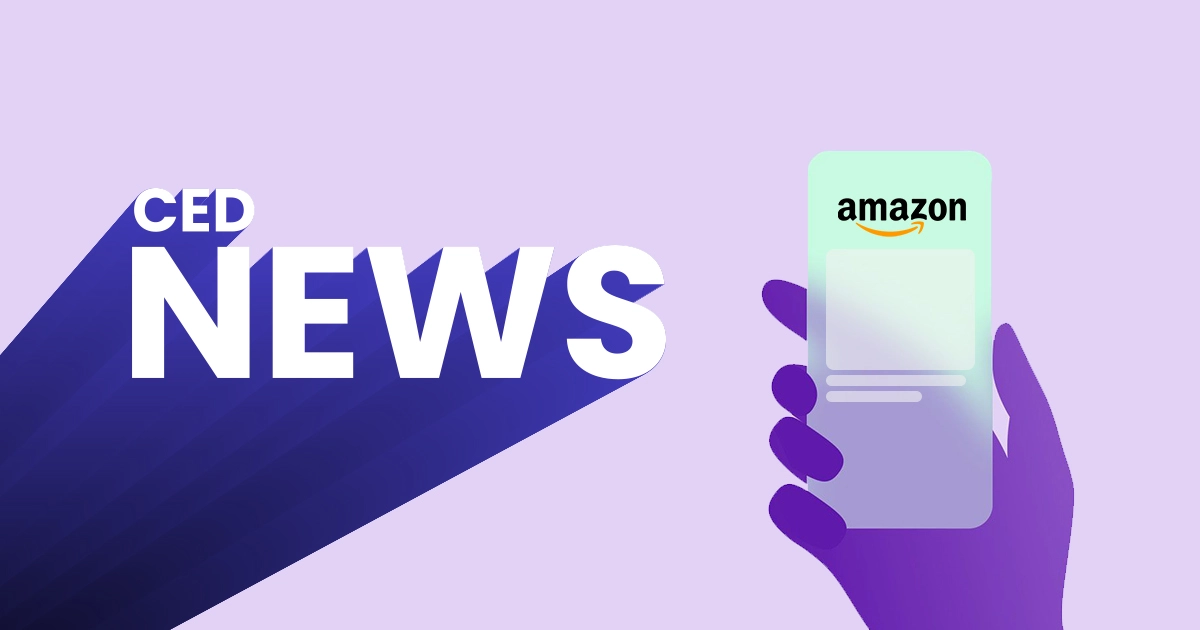
Effective: September 30, 2025 (U.S. & Canada) Amazon is overhauling its inventory recovery programs. Starting
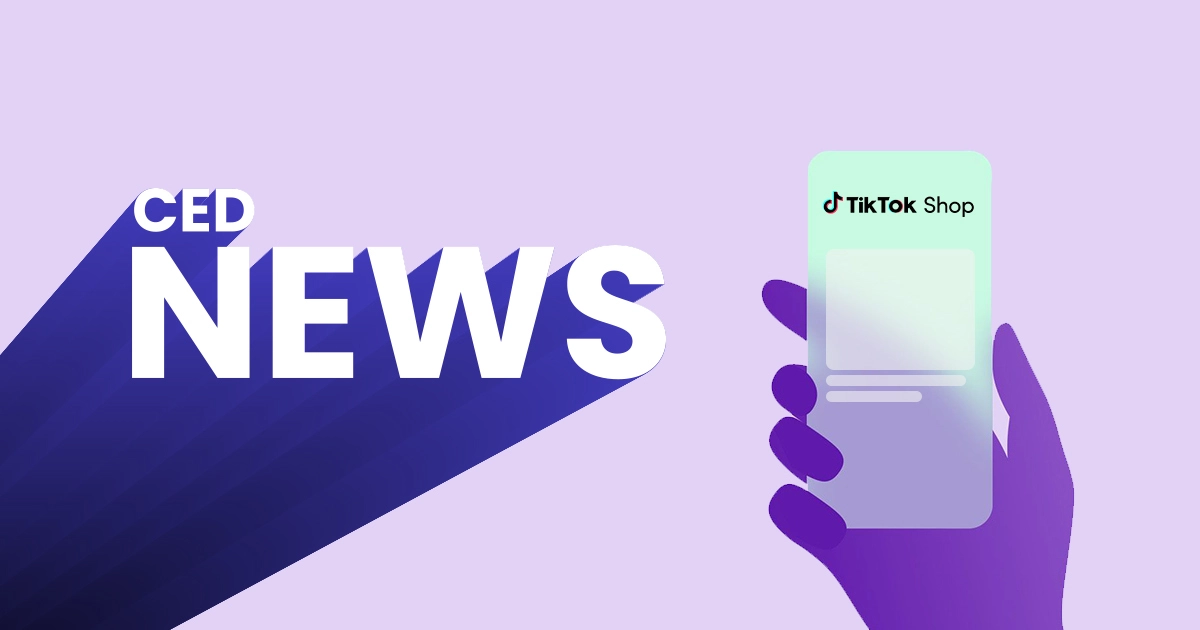
TikTok has rolled out a set of new support tools for TikTok Shop creators, aiming

Amazon has launched FBA Damaged Inventory Ownership, a program that lets sellers take direct control
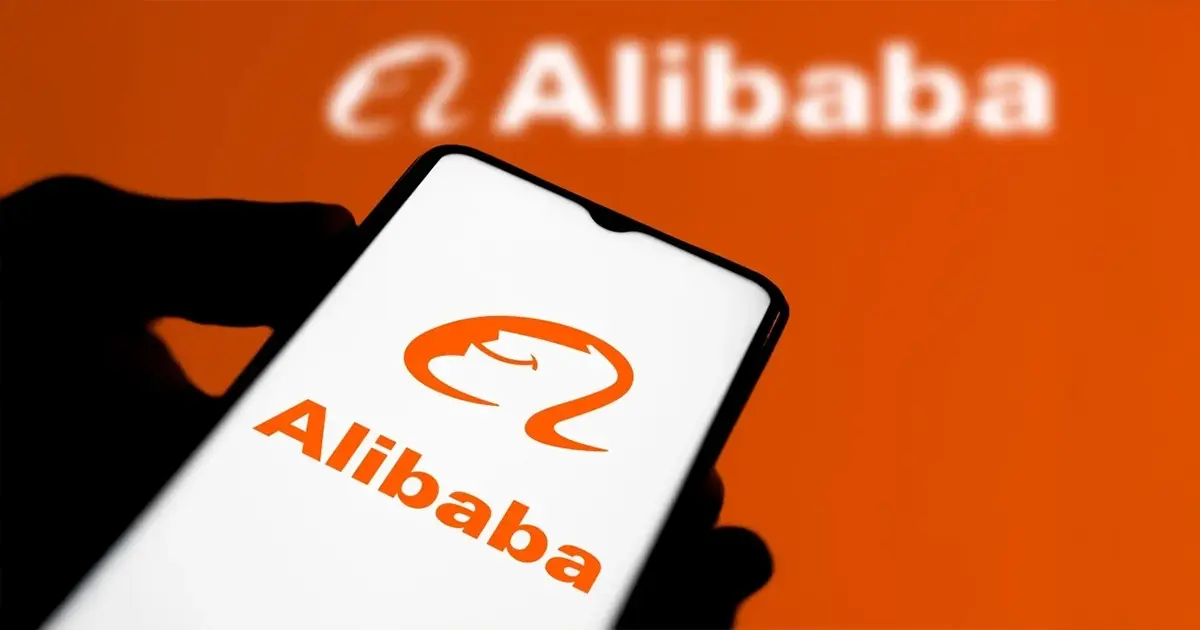
Alibaba Group has unveiled a sweeping restructuring of its consumer-facing operations, merging Taobao, Tmall, Ele.me,
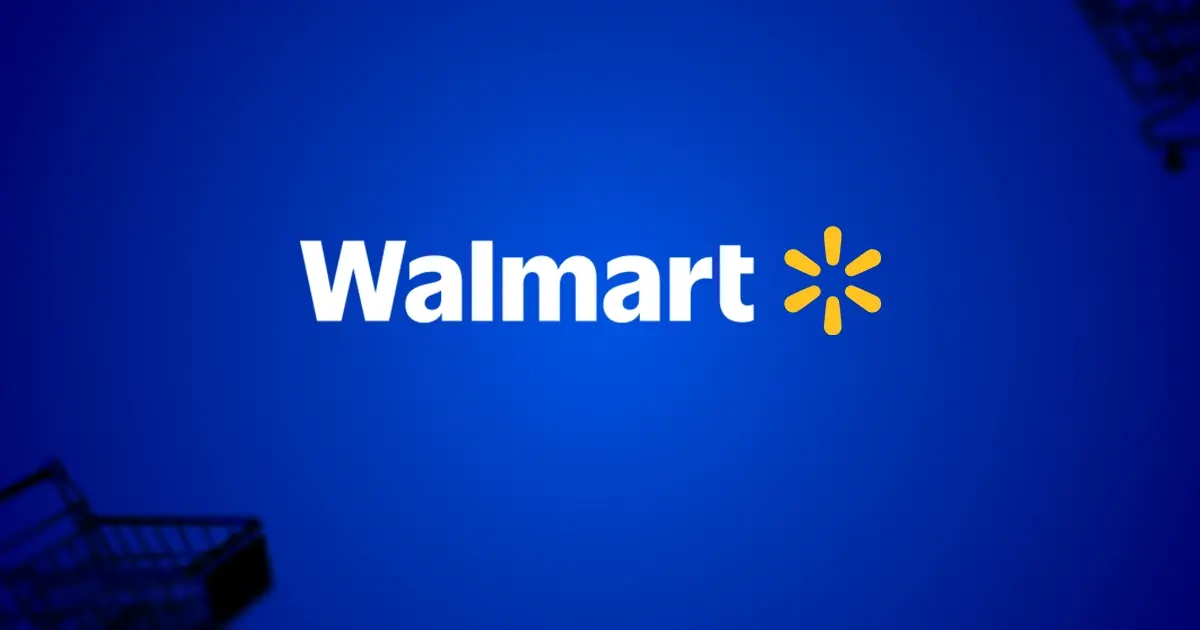
Walmart is ramping up its efforts to recruit merchants from the United Kingdom and continental
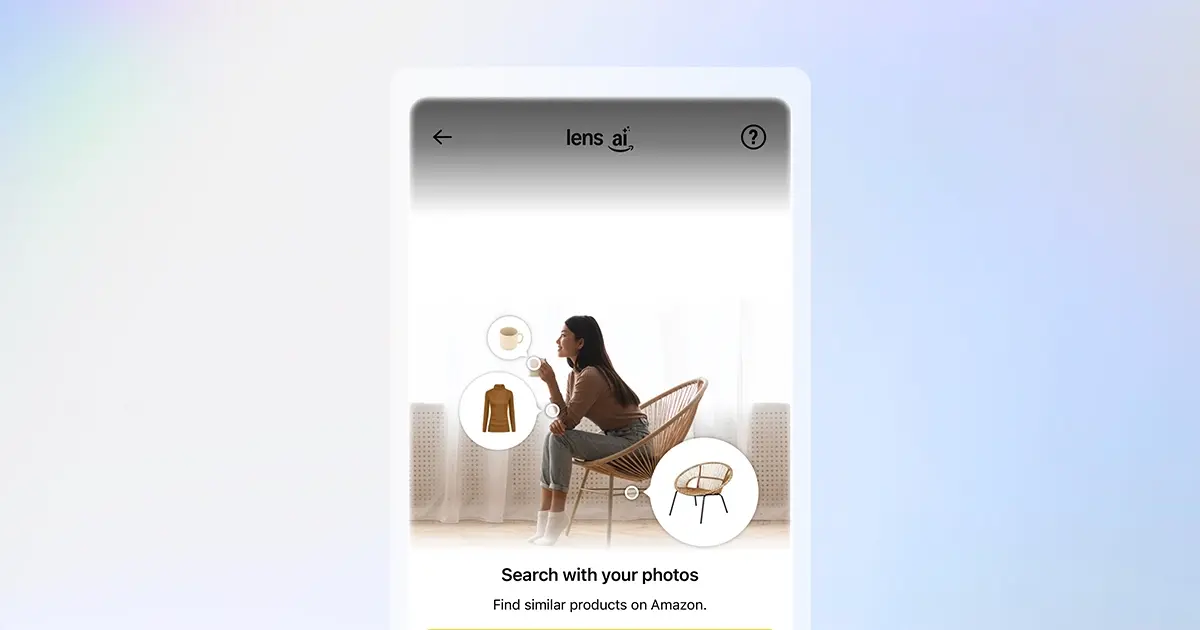
Amazon is doubling down on artificial intelligence in eCommerce with the launch of Lens Live,

For the first time since 2020, U.S. consumers are planning to cut back on holiday
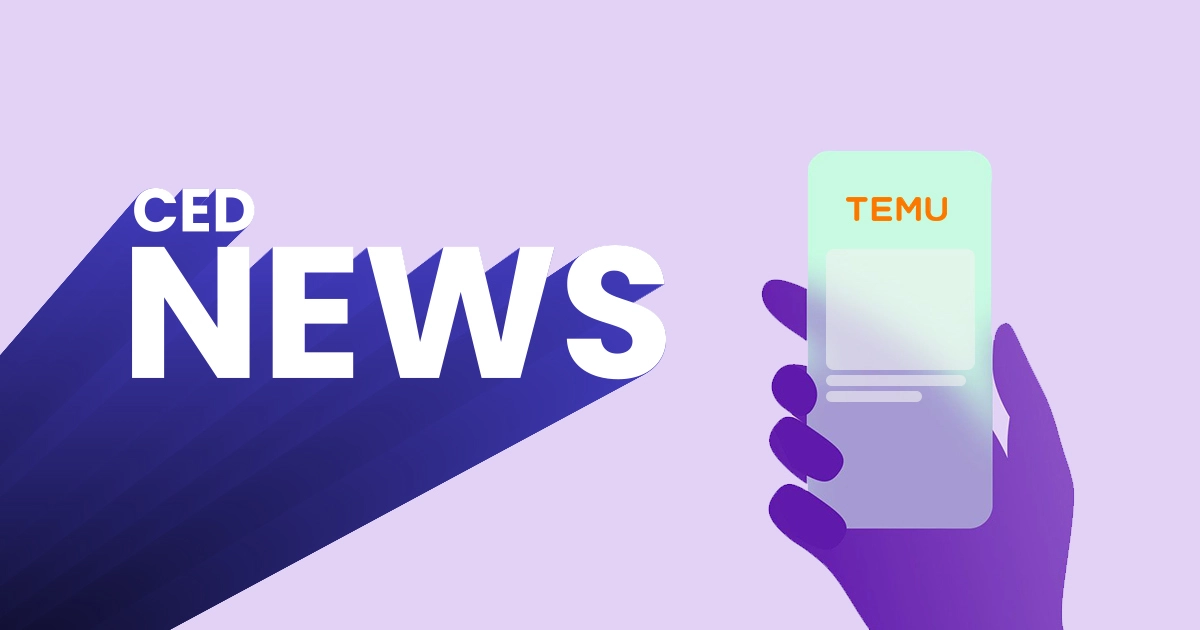
Temu, the rapidly growing eCommerce platform, has announced the launch of its Local Seller Program
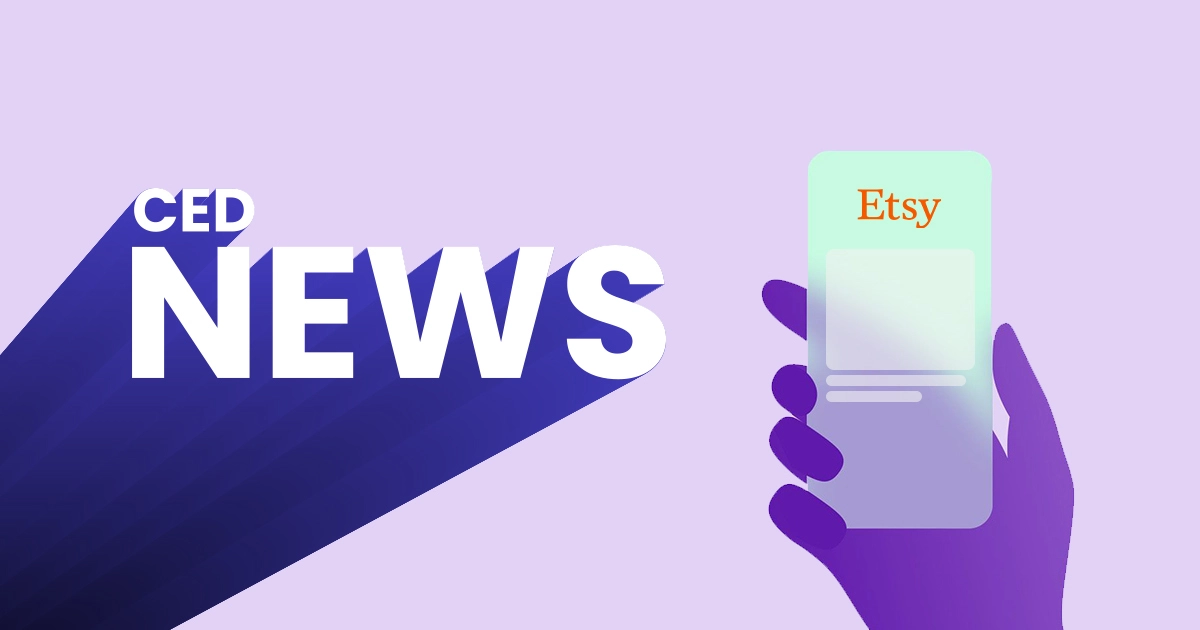
Etsy has announced important updates to its new Etsy Payments Policy, effective October 9, 2025,

Amazon has launched its first-ever “Second Chance Deal Days“ sales event in Europe, exclusively featuring

The Update Amazon has strategically resumed its Google Shopping ad campaigns across all international markets—
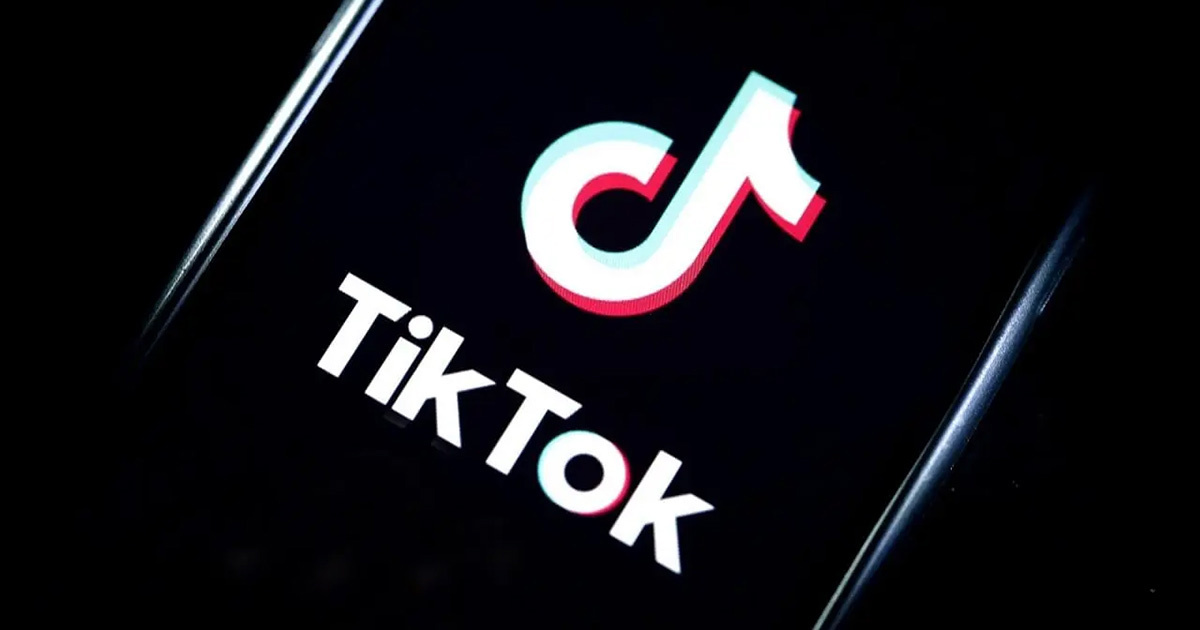
TikTok has updated its account policies, LIVE rules, monetization eligibility, and enforcement measures. The changes
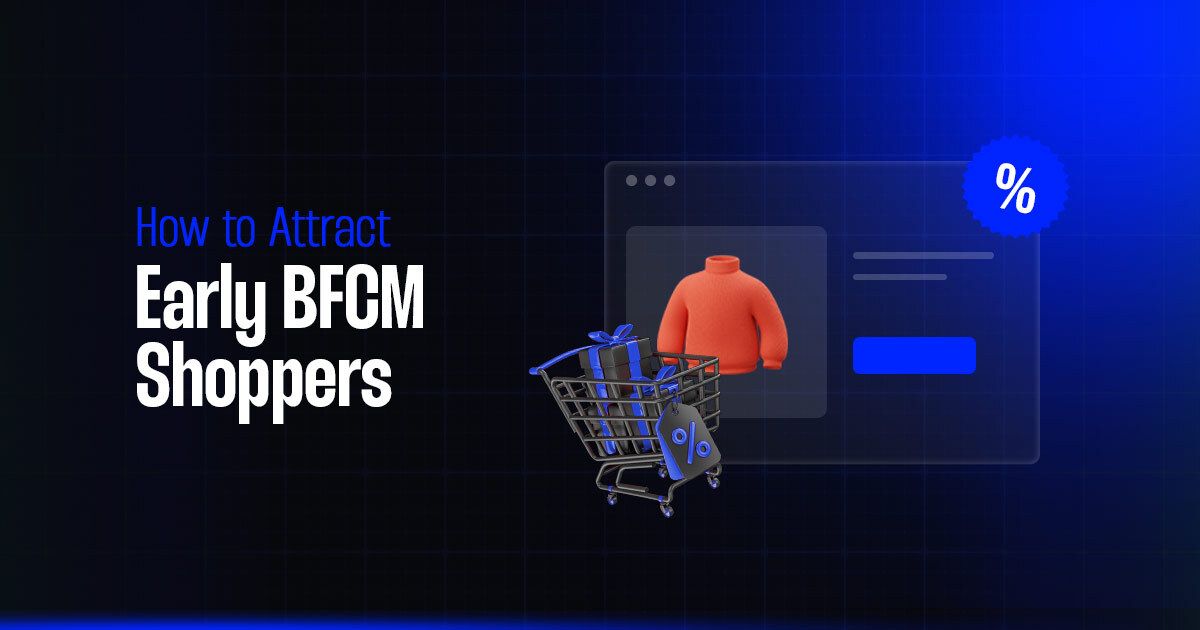
Think Black Friday is when holiday shopping begins? Think again. Your future customers are already
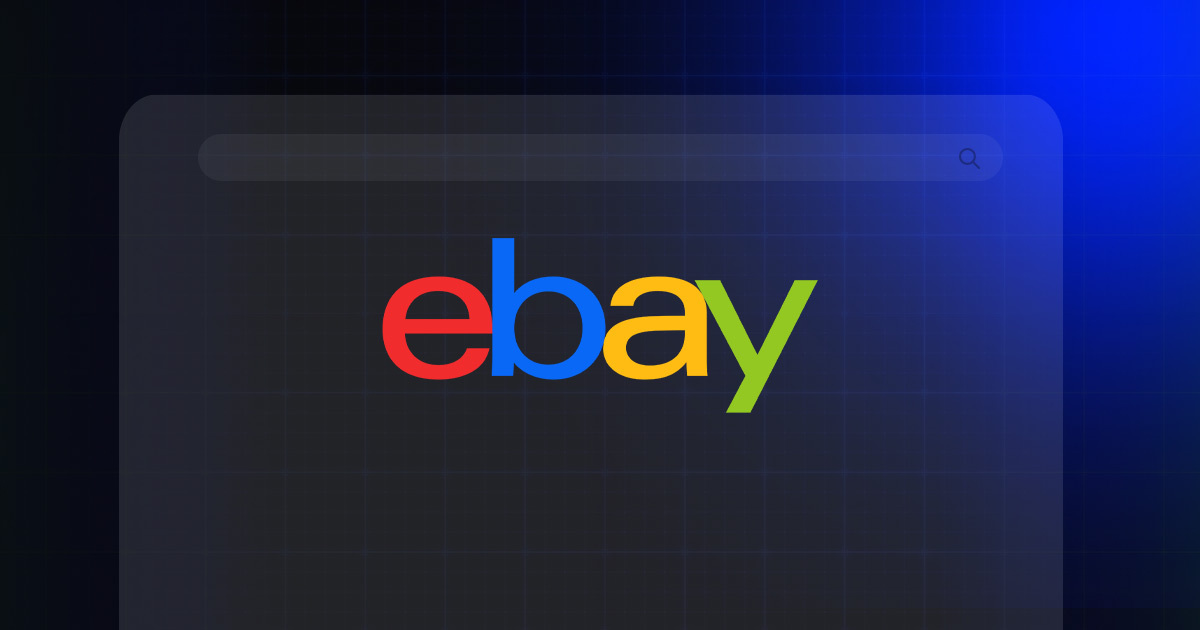
eBay is rolling out eBay Live in the UK, offering sellers a new way to

eBay is giving its auto parts and accessories marketplace a tune-up, announcing the launch of

Walmart is set to revamp its Pro Seller Program at the end of September 2025,
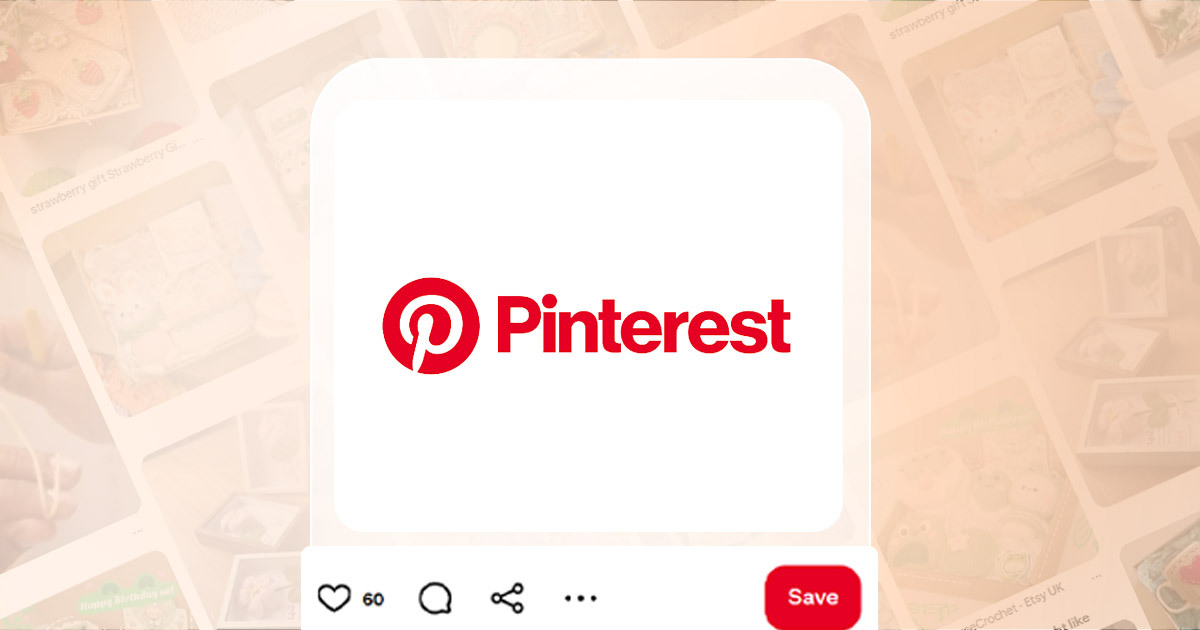
Pinterest is diving headfirst into the burgeoning secondhand market with the launch of “Thrift Shop,”

Why Pinterest Is a Growth Channel for Etsy Sellers Discovery drives eCommerce growth. With 482

In a strategic move to enable smaller businesses with global ambitions, international logistics giant DHL
Really insightful post! I appreciate the clarity and depth you provided here.
Leave a Reply